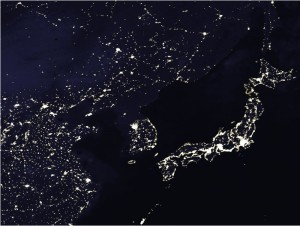The sky was blue, as only fall days seem to be able to produce ,that special azure color of deep blue and cyan created by low humidity and cool temperatures. A day , like a holiday, where everything moves slowly and breathing seems measured and special. In an unusual weather pattern, essentially the entire nation was treated to the same crystal clear palate sky that allowed one to see for miles and miles without the slightest hint or wisp of cloud, almost as if the morning was meant to unveil a special appreciation for beauty and organic quality of life itself. Nothing out of the ordinary, yet in its special clarity, extraordinary. Like a movie, too perfect, too visible, too quiet, too ephemeral.
At 8:46 am a searing sound like screeching bird caused people to look up and note a low flying object too big to be so low, too fast to be corrective, too aimed to be accidental, smash directly into the upper floors of the north tower of the World Trade Center with a deafening smack and an immediate fireball. Just like that, the beautiful morning dissolved in a nightmare of progressive horror. Was it a commuter plane? – too big. Was it an accident? – too unavoidable.
At 9:03 am the mystery was solved – a second direct hit on the south tower of the World Trade Center – a second deafening impact, a second fireball. This was no accident, no stunt , no movie. This was real, this was terror, and this, changed us forever.
19 committed men, supported by a death cult of abject murderers, had trained and practiced for years to direct their hate, to funnel their religious perversion, , to perform with precision the ultimate suicidal martyrdom of hijacking and flying passenger jet planes into special targets with the single solitary purpose, the decapitation of western civilization. In their hatred was to be consumed that morning the lives of 246 innocent crew and passengers of 4 planes, 125 innocent workers at the Pentagon, 2,606 innocent inhabitants and rescue workers of the World Trade Center, and over 6000 injuries. Deaths proceeded with special heroism found in so many who awoke that day average citizens with no sense of their impending fate or special purpose. The firemen and police heading to certain death to attempt to rescue people in collapsing buildings, the doomed leaps of people from the top floors to the streets below rather than accept the death of asphyxiation and fire, and the travelers of flight 93 who purposefully wrestled their plane into the ground in Shanksville, Pennsylvania rather than allow their hijackers to martyr themselves on the citadels of liberty and freedom, the US Capitol or the White House. The beautiful morning shattered in a maelstrom of hate, destruction, and death.
Nine years later, the day has become a hazy shell of memory with the visual still acute, but the raw emotions harder to feel. We almost avert our eyes from the memory, so as not to deflect our advancing and progressive distortion of the sequelae. The funereal mood and a sense of the end of times. The security clampdown. The whole country bound together in righteous anger and purpose – “united we stand”. The destruction of the Afghan Taliban Tyranny. The escape of the chief designer and murderer Bin Laden. The death of Daniel Pearl. The expansion of the War on Terror aims into Iraq. The overwhelming blitz on the Iraqi dictatorship and its fall. The missing weapons of mass destruction. The capture of Saddam. The deaths of Uday and Qusay. The capture of Khalid Sheikh Mohammed. The attempt to democratize the Iraqi nation. The support of the troops, but not their war aims. Abu Ghraib. Waterboarding. The loss of of over 4000 more Americans in the conflict. The internecine struggles in Iraq. The pride of successful elections. The horrors of IED’s. The vicious fight for upper hand in Iraq. The bombing of the Grand Mosque. The Mahdi army. The Anbar awakening. The Surge and its success. The return of the Taliban. The tapes of Bin Laden. The return of the American isolationist impulse.
The circle of history thus complete with lessons only partially learned, missions partially completed, and murderers partially vindicated in their theories of the tired lack of resolve of the western society.
At 846am, on a clear day, innocence is blotted from the morning sun, and the tides of fate are loosed on an unknowing and conflicted people.
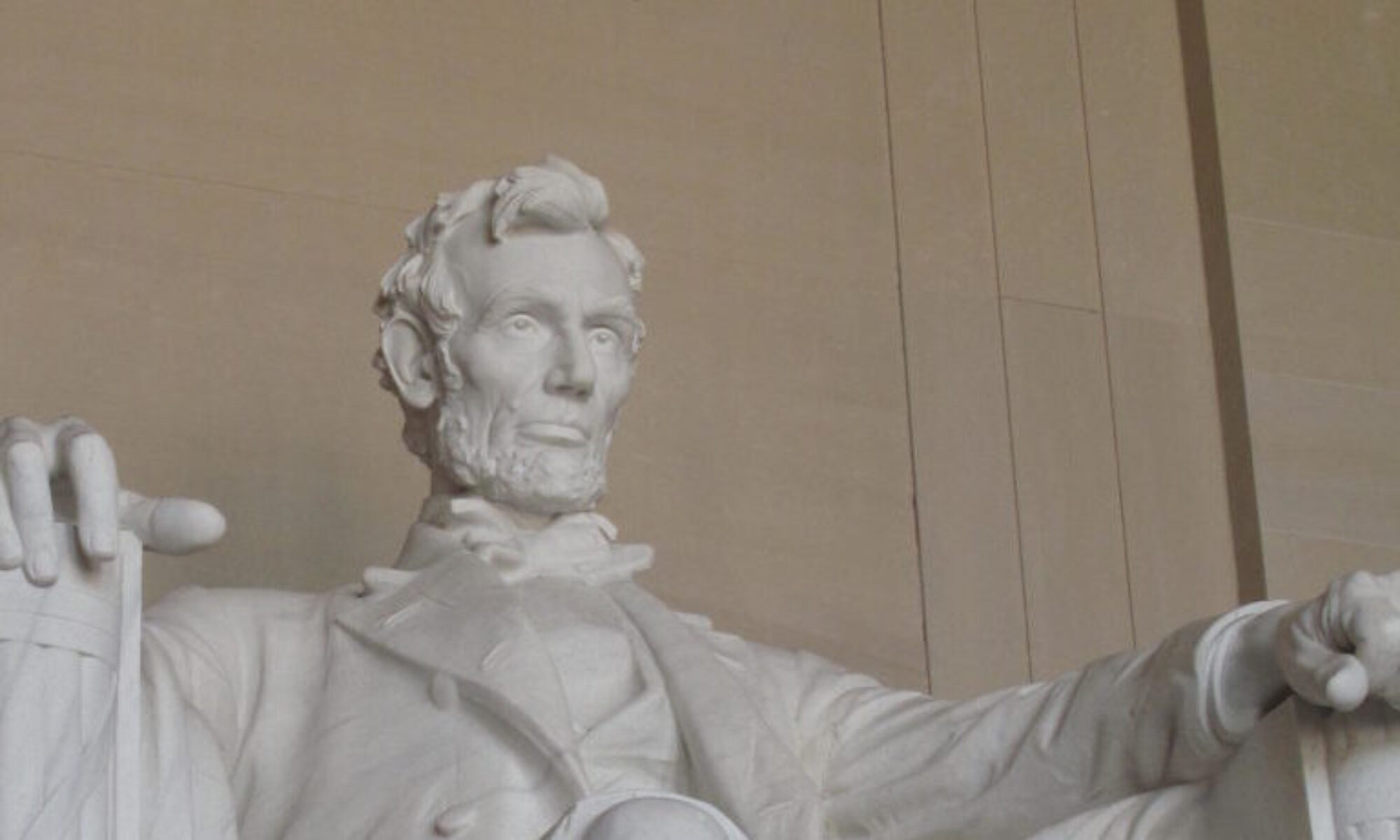
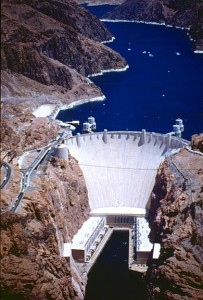
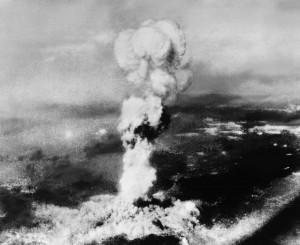
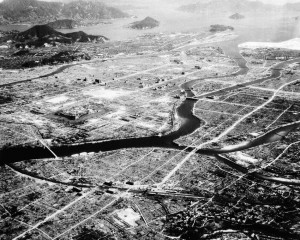

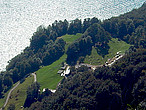


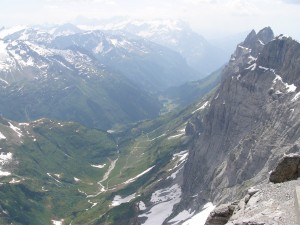
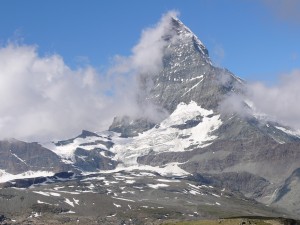 …and a little video of martial pride…
…and a little video of martial pride…